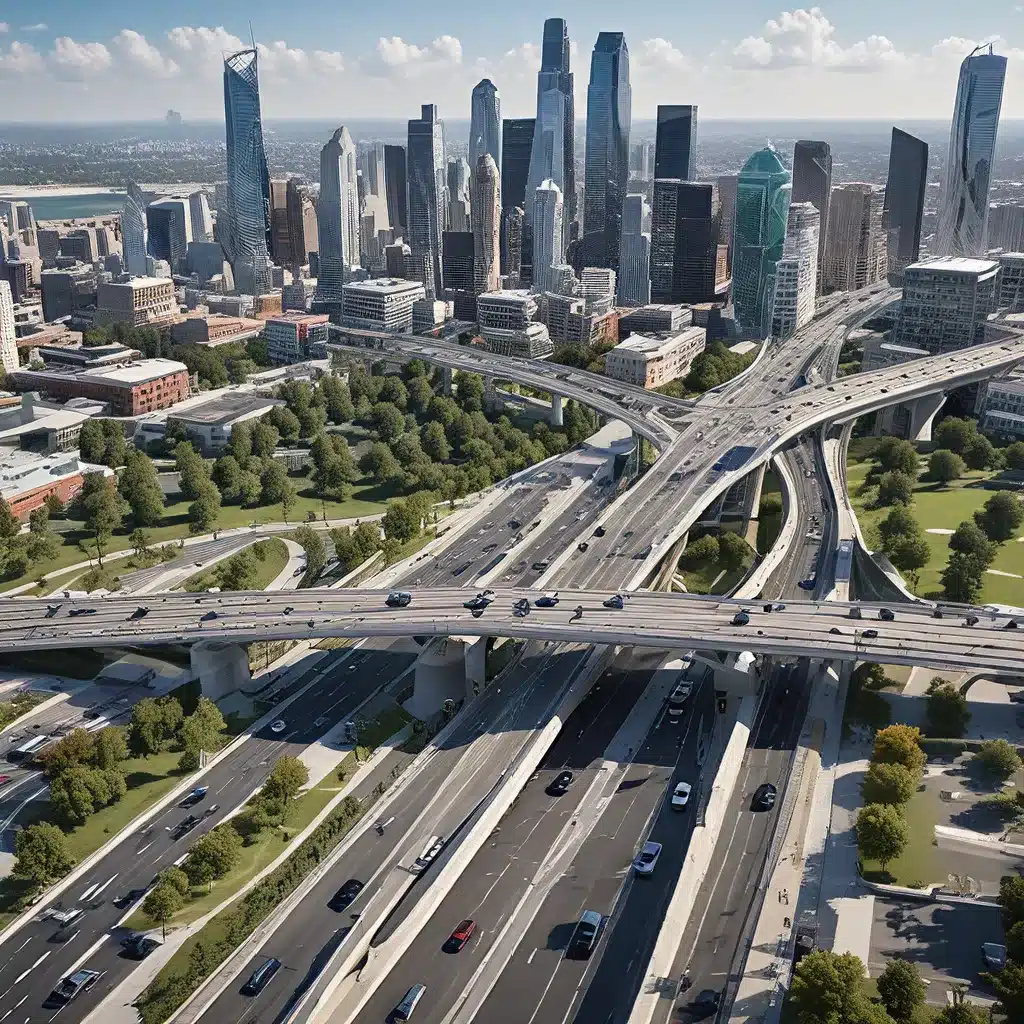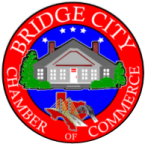
The Mobility Metropolis of Tomorrow
Imagine a city where transportation seamlessly blends innovation, sustainability, and accessibility – a true 21st-century mobility hub. This is the ambitious vision for Bridge City, a rapidly evolving urban center determined to lead the charge into a greener, smarter future of transportation.
As I stroll through the bustling streets of Bridge City, the signs of this mobility revolution are everywhere. Electric vehicles glide silently past me, their futuristic designs a far cry from the gas-guzzling behemoths of the past. Autonomous shuttles ferry commuters to and fro, their passengers free to work, read, or simply gaze out the window as their journey unfolds. Bike-sharing stations dot the landscape, offering residents and visitors alike a healthy, eco-friendly way to explore the city.
But this transformation is about more than just the vehicles themselves. It’s about rethinking the entire transportation ecosystem – from the infrastructure that supports it to the policies and partnerships that drive it forward. And at the heart of this bold endeavor is the Bridge City Chamber of Commerce, a tireless advocate for the future of mobility in this rapidly evolving urban center.
Overcoming the Challenges
As I dive deeper into the story of Bridge City’s mobility revolution, I can’t help but be struck by the sheer complexity of the challenge at hand. After all, transforming a city’s transportation system is no easy feat, and the obstacles are numerous and daunting.
Take, for example, the issue of infrastructure. Upgrading roads, bridges, and other critical transportation assets to accommodate the vehicles of the future is a massive undertaking, both in terms of cost and logistics. And then there’s the question of funding – how do you secure the resources needed to make these investments a reality?
“It’s a constant battle,” admits Sarah Winters, the Bridge City Chamber’s Director of Sustainability and Innovation. “We’re constantly working with local and state governments, as well as private sector partners, to find creative solutions and funding sources. But we’re determined to make it happen.”
Another key challenge is the issue of accessibility and equity. As Bridge City moves towards a more technology-driven transportation system, there’s a valid concern that certain segments of the population may be left behind – those without access to the latest gadgets or the means to afford them.
“We can’t forget about the human element in all of this,” Winters emphasizes. “Any mobility solution we implement has to work for everyone, regardless of their socioeconomic status or technological savvy. It’s a delicate balance, but one we’re committed to striking.”
Innovative Partnerships and Holistic Thinking
To tackle these complex challenges, the Bridge City Chamber has adopted a holistic, collaborative approach, forging strategic partnerships with a diverse array of stakeholders. From local government agencies to tech giants, energy providers to urban planners, the Chamber is bringing together a powerful coalition of experts and resources to drive the city’s mobility transformation forward.
One such partnership is the recently announced collaboration between the Chamber and the University of Houston Division of Energy and Innovation. Through this alliance, the city is tapping into the university’s cutting-edge research and expertise, exploring innovative solutions to the thorniest transportation challenges.
“It’s been an incredibly fruitful partnership,” says Dr. Ramanan Krishnamoorti, the Vice President for Energy and Innovation at the University of Houston. “Together, we’re tackling everything from infrastructure issues to the regulatory landscape, all with an eye towards creating a more sustainable, equitable, and accessible mobility future for Bridge City.”
But the Chamber’s efforts extend far beyond academic collaborations. They’ve also forged strategic alliances with leading technology companies, energy providers, and automotive manufacturers, each bringing a unique perspective and set of capabilities to the table.
“We’re not trying to reinvent the wheel here,” explains Winters. “We’re leveraging the best and brightest minds and resources from across the public and private sectors to create a truly holistic, future-proof mobility ecosystem. It’s a complex puzzle, but one we’re determined to solve.”
Embracing the Future, One Ride at a Time
As I continue my exploration of Bridge City’s mobility landscape, I’m struck by the palpable sense of excitement and possibility that permeates the air. This is a city that isn’t just talking about the future of transportation – it’s actively shaping it, one innovative solution at a time.
Whether it’s the cutting-edge autonomous shuttles gliding through the streets or the network of electric vehicle charging stations that dot the cityscape, the evidence of this transformation is impossible to ignore. But perhaps the most inspiring aspect of Bridge City’s mobility revolution is the way it’s empowering the community to embrace the future, one ride at a time.
“We want everyone to be a part of this journey,” says Winters. “That’s why we’re investing so heavily in educational outreach, making sure residents understand the benefits of these new technologies and how to access them. We want this to be a true community effort, with everyone playing a role in building the transportation system of tomorrow.”
And as I hop on a shared electric bike and pedal my way through the city’s bustling streets, I can’t help but feel a sense of optimism and wonder. This is a city that’s not just dreaming of a better future – it’s actively creating it, one innovative solution at a time. And I, for one, can’t wait to see what the future of mobility has in store for Bridge City.


